With the rapid development of China’s economy, cities are also developing rapidly. In just a few years and a decade, large cities and megacities began to emerge. This post introduces 10 megacities in China.
1. Shanghai
Shanghai, referred to as “Shanghai” or “Shen”, is a municipality directly under the Central Government of the People’s Republic of China, a national central city, a megacity, and a core city in the Shanghai metropolitan area. Innovation Center, a famous historical and cultural city in China. Shanghai has a total area of 6,340.5 square kilometers and governs 16 districts. At the end of 2022, Shanghai’s permanent population will be 24.7589 million.
Shanghai is located in East China, on the west coast of the Pacific Ocean, on the east coast of the Asian continent, and is part of the alluvial plain of the Yangtze River Delta, between 120°52′-122°12′ east longitude and 30°40′-31°53′ north latitude The average altitude of Shanghai is 2.19 meters. Dajinshan Island is the highest point in Shanghai with an altitude of 103.7 meters. It belongs to the subtropical monsoon climate. Puhe and others.
About 6,000 years ago, the west of Shanghai became land. During the Spring and Autumn Period and the Warring States Period, Shanghai was the fiefdom of Lord Chunshen, so it was also called Shen. During the Jin Dynasty, because fishermen invented the fishing tool “Hu”, the place where the river flowed into the sea was called “Du”, so the area along the lower reaches of the Songjiang River was called “Hudu”, and later changed to “Shanghai”, so Shanghai was abbreviated as “Shanghai”. In the twenty-ninth year of Yuanzhiyuan (1292), Shanghai Town was separated from Huating County, and the establishment of Shanghai County was approved, marking the beginning of the city of Shanghai. Representative cultures in Shanghai’s history include “Wu Yue Culture”, “Jiangnan Culture”, “Shanghai Style Culture” and so on.
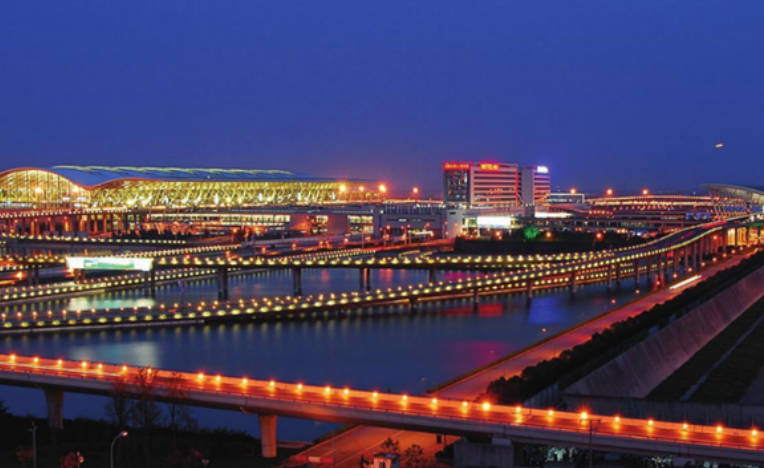
2. Beijing
Beijing, referred to as “Jing”, was called Yanjing and Beiping in ancient times. It is the capital of the People’s Republic of China, a municipality directly under the Central Government, a national central city, and a megacity. It is the political center, cultural center, international exchange center, and technological innovation center of China approved by the State Council , one of the famous historical and cultural cities and ancient capitals in China. As of 2020, Beijing has 16 districts under its jurisdiction, with a total area of 16,410.54 square kilometers. At the end of 2022, Beijing’s permanent population will be 21.843 million.
Beijing is located in northern China and the northern part of the North China Plain, adjacent to Tianjin City in the east and Hebei Province in the rest. The center is located at 116°20′E and 39°56′N. The seat of the Central Committee of the Communist Party of China, the Central People’s Government of the People’s Republic of China and the Standing Committee of the National People’s Congress of the People’s Republic of China.
The terrain of Beijing is high in the northwest and low in the southeast. The west, north and northeast are surrounded by mountains on three sides, and the southeast is a plain that slopes gently towards the Bohai Sea. The main rivers flowing through the territory are: Yongding River, Chaobai River, Beiyun River, Juma River, etc. Beijing’s climate is a warm temperate semi-humid and semi-arid monsoon climate, with hot and rainy summers, cold and dry winters, and short springs and autumns. Beijing was rated as the first-tier city in the world by GaWC, a world urban research institution. The United Nations report pointed out that Beijing’s human development index ranks second among Chinese cities. Beijing successfully hosted the Summer Olympics and Winter Olympics, becoming the first “Double Olympic City” in the world.
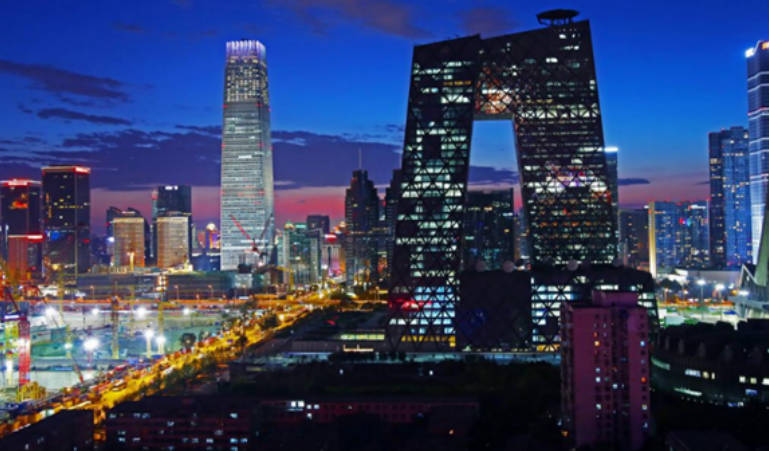
3. Shenzhen
Shenzhen, referred to as “Shen”, also known as Pengcheng, is a prefecture-level city under the jurisdiction of Guangdong Province, a city with separate state planning, a megacity, a special economic zone approved by the State Council, a national economic center city and a national innovation city, Guangdong-Hong Kong-Macao Greater Bay Area One of the core engine cities. As of 2022, the city has 9 districts under its jurisdiction, with a total area of 1997.47 square kilometers and a permanent population of 17.6816 million.
Shenzhen is located in the south of Guangdong Province, on the east bank of the Pearl River Estuary, bordering on Daya Bay and Dapeng Bay in the east, bordering on the Pearl River Estuary and Lingdingyang in the west, connecting to Hong Kong in the south, and bordering on Dongguan and Huizhou in the north. Located in the south of the Tropic of Cancer, it belongs to the subtropical monsoon climate, which is warm and pleasant, with abundant precipitation [218].
Shenzhen is one of the four central cities in the Guangdong-Hong Kong-Macao Greater Bay Area, a national logistics hub, an international comprehensive transportation hub, an international technology industry innovation center, and one of China’s three major national financial centers. District, comprehensive national science center and global ocean center city.
The predecessor of Shenzhen was Bao’an County in Huiyang District. During the Ming and Qing Dynasties, the main part belonged to Xin’an County, Guangzhou Prefecture. Before the establishment of the city, it belonged to Huiyang District. The name of Shenzhen first appeared in the historical records in the eighth year of Yongle (1410) in the Ming Dynasty. In 1979, Shenzhen was established. In 1980, it became the first special economic zone established by China. The eye-catching “Shenzhen Speed” is known as “China’s Silicon Valley”.
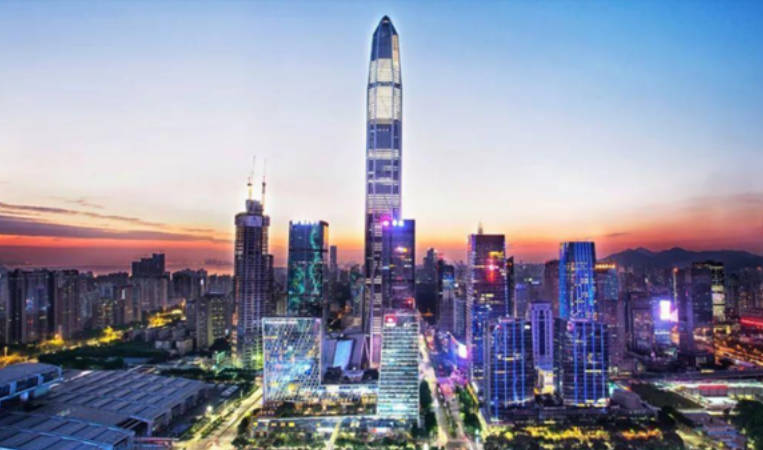
4. Chongqing
Chongqing, referred to as “Chongqing”, also known as Shancheng and Jiangcheng, is a municipality directly under the Central Government of the People’s Republic of China, a national central city, a megacity, one of the important national central cities approved by the State Council, the economic center of the upper reaches of the Yangtze River, and the core of the Chengdu-Chongqing economic circle The city is an important national advanced manufacturing center, the western financial center, the western international comprehensive transportation hub and the international gateway hub. It has a total area of 82,400 square kilometers, a permanent population of 32,133,400 at the end of 2022, and jurisdiction over 38 districts and counties.
Located in the southwest of China, Chongqing is the economic, financial, scientific and technological innovation, shipping and commercial logistics center in the upper reaches of the Yangtze River. It is an important connection point between the “Belt and Road” and the Yangtze River Economic Belt and an open inland highland; there are world cultural heritage Dazu Rock Carvings, world natural heritage Wulong Karst and Nanchuan Jinfo Mountain and other landscapes.
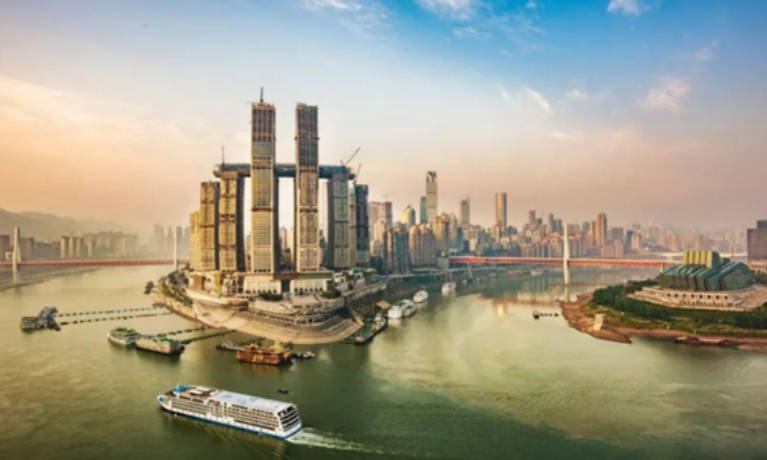
5. Guangzhou
Guangzhou City, referred to as “Sui”, also known as Yangcheng, Huacheng, and Wuyangcheng, is a prefecture-level city under the jurisdiction of Guangdong Province, the provincial capital of Guangdong Province, a sub-provincial city, a national central city, a megacity, and a core city in the Guangzhou metropolitan area. It was approved by the State Council China’s important central city, international business center and comprehensive transportation hub. As of 2021, the city has 11 districts under its jurisdiction, with a total area of 7434.40 square kilometers, a permanent population of 18.8706 million, an urban population of 16.2636 million, and an urbanization rate of 86.46%.
Guangzhou is located in the south of China, on the lower reaches of the Pearl River, near the South China Sea. It is located at 112°57′-114°3′ east longitude and 22°26′-23°56′ north latitude. It is adjacent to Huizhou City in the east, Foshan City in the west, Qingyuan City and Shaoguan City is adjacent to Dongguan City and Zhongshan City in the south, and faces Hong Kong and Macao Special Administrative Regions across the sea. Guangzhou belongs to the south subtropical monsoon climate, with mild climate and remarkable oceanic climate characteristics.
Guangzhou is the first batch of national historical and cultural cities and the birthplace of Cantonese culture. Guangzhou is the headquarters of the Southern Theater Command of China, a national logistics hub, a national comprehensive gateway city, an international comprehensive transportation hub, the first batch of coastal open cities, and the southern gate of China to the world. The central city of the district and the hub city of the Belt and Road Initiative.
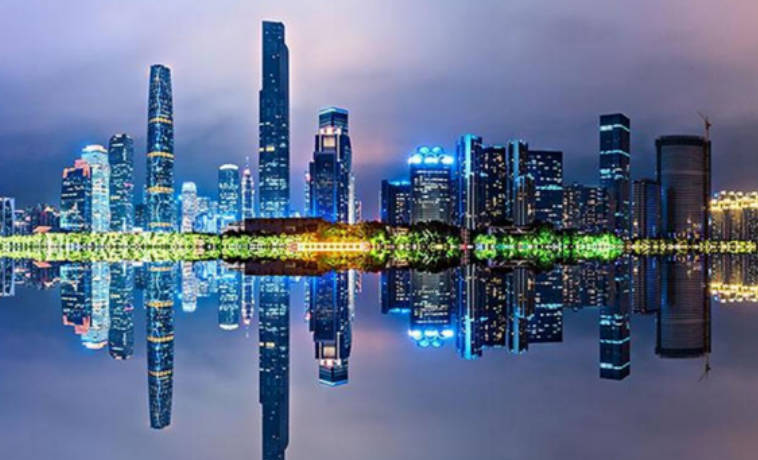
6. Suzhou
Suzhou City, referred to as “Su”, known as Gusu and Pingjiang in ancient times, is a prefecture-level city under the jurisdiction of Jiangsu Province, a Type I large city, an important city in the Shanghai metropolitan area and the Suzhou-Wuxi-Changzhou metropolitan area, and one of the important central cities in the Yangtze River Delta approved by the State Council , a national high-tech industrial base and a scenic tourist city. As of 2022, the city will have 6 districts and 4 county-level cities under its jurisdiction, with a total area of 8657.32 square kilometers, a permanent population of 12.911 million, and an urbanization rate of 82.12%.
Suzhou City is located in East China, southeastern Jiangsu Province, central Yangtze River Delta, and the east bank of Taihu Lake. It is adjacent to Shanghai in the east, Jiaxing City and Huzhou City in Zhejiang Province in the south, Wuxi City in the west, and Yangtze River in the north, between 119°E 55′—121°20′, between 30°47′—32°02′ north latitude; the city’s terrain is low and flat, with vertical and horizontal rivers and numerous lakes, and most of the water surface of Taihu Lake is in Suzhou City; it has a subtropical monsoon oceanic climate , with four distinct seasons and abundant rainfall.
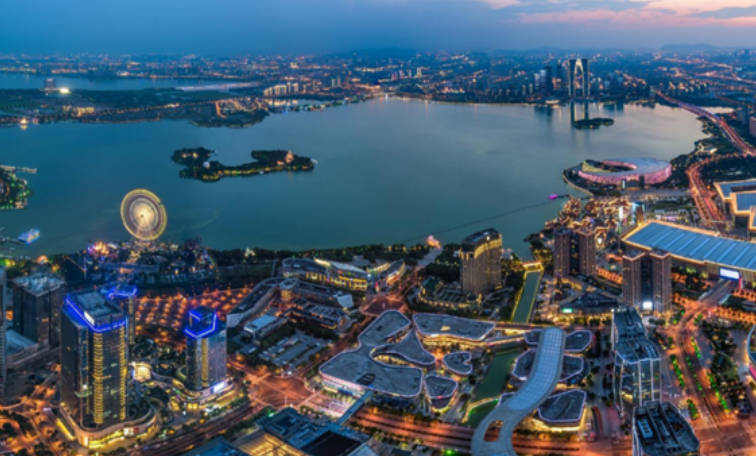
7. Chengdu
Chengdu, referred to as “Rong”, also known as Rongcheng and Jincheng, is a prefecture-level city under the jurisdiction of Sichuan Province, a provincial capital, a sub-provincial city, a megacity, a national central city, and a world gourmet capital. Located in the southwest of China, the west of the Sichuan Basin, and the hinterland of the Chengdu Plain, it has a humid subtropical monsoon climate; as of the end of 2021, the city has 12 municipal districts, 3 counties, and 5 county-level cities under its jurisdiction, with a total area of 14,335 square thousand m, as of the end of 2022, the permanent resident population is 21.268 million.
Chengdu is an important national high-tech industrial base, commercial logistics center and comprehensive transportation hub approved by the State Council, an important central city in the western region, and an important electronic information industry base; a core city in the Chengdu-Chongqing economic circle, a regional economic center, A science and technology center, a world-renowned cultural city and an international gateway hub, a science and technology center, a business center, a financial center, and a transportation and communication hub in Southwest China, and the headquarters of the Western Theater Command of the Chinese People’s Liberation Army. By the end of 2021, there will be 130 national-level innovation platforms and state-owned enterprises There are 54 technical centers, and 312 of the world’s top 500 companies have settled down.
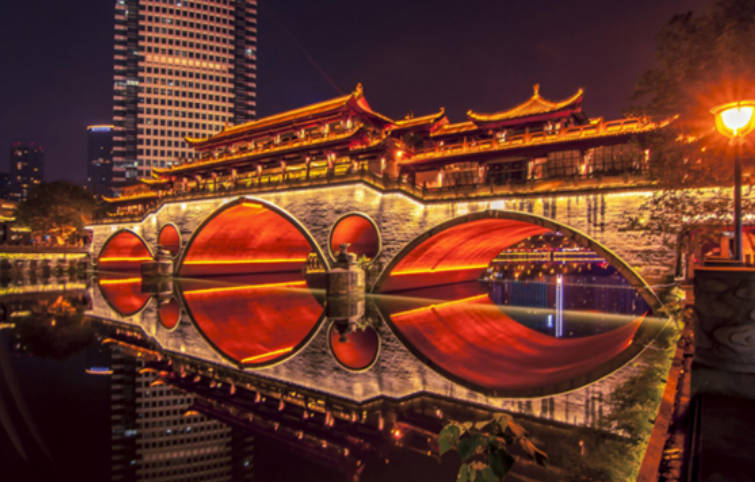
8. Hangzhou
Hangzhou City, referred to as “Hangzhou”, known as Lin’an and Qiantang in ancient times, is a prefecture-level city, provincial capital, sub-provincial city, and megacity under the jurisdiction of Zhejiang Province. One of the central cities of the Delta, the central city of the G60 Science and Technology Innovation Corridor. The core city of the Hangzhou Bay Greater Bay Area approved by the Zhejiang Provincial Government. As of 2022, Hangzhou will have 10 municipal districts, 2 counties, and 1 county-level city under its jurisdiction, with a total area of 16,850 square kilometers and a permanent population of 12.376 million.
Hangzhou City is located in East China, northern Zhejiang Province, the lower reaches of the Qiantang River, the southeast coast, and the southern end of the Beijing-Hangzhou Grand Canal, between 29°11′-30°34′ north latitude and 118°20′-120°37′ east longitude. The west of the city belongs to the hilly area of western Zhejiang, and the eastern part belongs to the plain of northern Zhejiang, with dense water networks and rich products. Hangzhou has a subtropical monsoon climate with four distinct seasons and abundant rainfall.
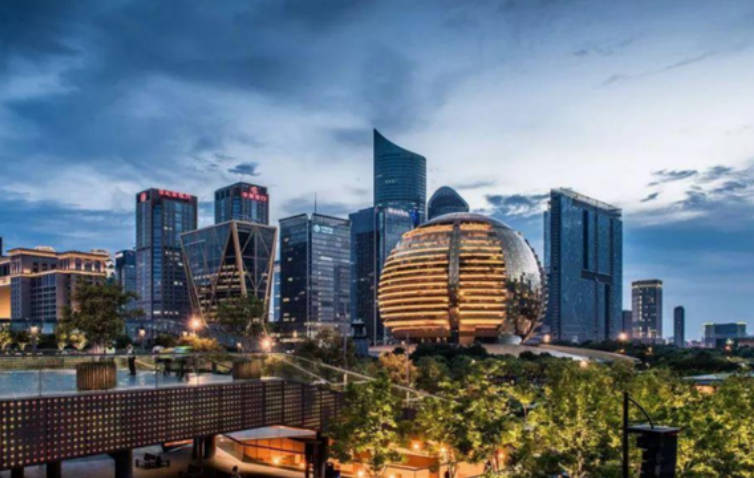
9. Nanjing
Nanjing City, referred to as “Ning”, known as Jinling and Jiankang in ancient times, is the provincial capital of Jiangsu Province, a sub-provincial city, a megacity, and the core city of the Nanjing metropolitan area. It is an important central city in eastern China and an important national scientific research and education base approved by the State Council and integrated transportation hub. As of 2022, the city has 11 districts under its jurisdiction, with a total area of 6587.02 square kilometers, a built-up area of 868.28 square kilometers, a permanent population of 9.4911 million, an urban population of 8.258 million, and an urbanization rate of 87.01%.
Nanjing is located in the east of China, on the lower reaches of the Yangtze River, near the river and near the sea. It is the headquarters of the Eastern Theater Command of the Chinese People’s Liberation Army. The State Council plans to position the Yangtze River Delta as an important gateway city for the development of the central and western regions, as well as the eastern coastal economic belt and the Yangtze River Economic Belt strategy. An important node city of intersection.
Nanjing is one of the first batch of national historical and cultural cities, an important birthplace of Chinese civilization, and has long been the political, economic and cultural center of southern China. Nanjing had Nanjing ape-man living in Tangshan 350,000 to 600,000 years ago. It has a history of civilization of more than 7,000 years and a history of establishing the capital for nearly 500 years. The excavation of the West Street Site traces the history of Nanjing’s city building back to the Western Zhou Dynasty 3,100 years ago.
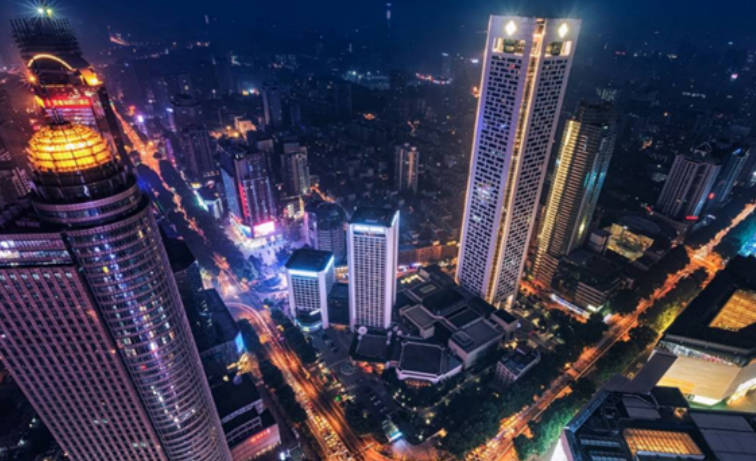
10. Tianjin
Tianjin, referred to as “Jin”, also known as Jingu and Jinmen, is a provincial-level administrative region, a municipality directly under the Central Government, a national central city, a megacity of the People’s Republic of China, a national advanced manufacturing research and development base, a northern international shipping core area, a financial innovation operation demonstration area, Pioneering area of reform and opening up. The gateway to opening up in northern China, the shipping center, logistics center and modern manufacturing base in northern China, the economic center of the Bohai Rim region, the international consumption center city and regional business center city, an international comprehensive transportation hub, and China International Aviation Logistics Center. As of 2022, Tianjin has jurisdiction over 16 districts, with a total area of 11,966.45 square kilometers and a permanent population of 13.63 million.
Tianjin is located in North China, northeast of the North China Plain, the lower reaches of the Haihe River Basin, bordering the Bohai Sea in the east, Yanshan Mountain in the north, Beijing, the capital city in the west, and adjacent to Hebei Province in the rest. , between 38°34′ and 40°15′ north latitude, has a warm temperate semi-humid monsoon climate with four distinct seasons; it is the largest port city in northern China, the main node of the China-Mongolia-Russia Economic Corridor, and the strategic fulcrum of the Maritime Silk Road. The intersection of the “Belt and Road” and the nearest eastern starting point of the Eurasian Continental Bridge; at the confluence and estuary of the five major tributaries of the Haihe River, the South Canal, Ziya River, Daqing River, Yongding River, and North Canal, it is known as the “Nine Rivers at the bottom” “” It is known as the key point of the river and the sea”.
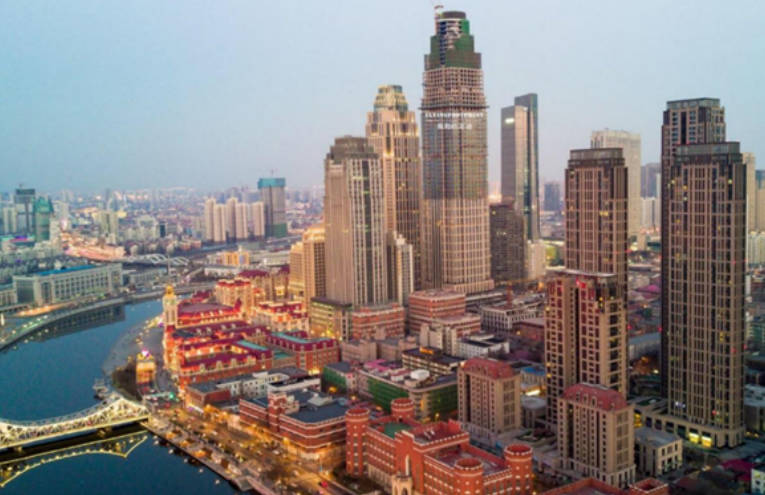
[…] the walkways all over China and feel the different cultural atmosphere. There are walkways in many cities in China. This post will introduce you to the 10 most famous walkways in China. Top ten Pedestrian Streets […]